It all started when I was a sophomore in college.
I was standing in front of a full-length mirror wearing nothing but a sports bra and spandex. My eyes were fixed on the bulging areas around my hips and I had no idea how they had gotten there.
I had always been athletic — ever since I was in 4th grade, I played a sport. But once I started college, I was no longer involved in organized sports. For some reason, I thought being active in my teenage years would mean that I would stay in shape for the rest of my adult life, but I couldn’t have been more wrong.
I was lucky enough to avoid the freshmen 15, but it came back with a vengeance a year later. There I was in my dorm room, pinching the skin and fat around my stomach, wondering why no one bothered to tell me that I had blown up like Veruca Salt without the blue tint.

GIF courtesy of etonline.com
So I decided I was going to do something about it. If being active was what kept me in shape before, then I was going to have to get active again.
I started by going to the gym a few times a week. What I really mean is, I went to the gym twice a week (at most) and ran on the treadmill for about 20 minutes before I was swearing under my breath and deciding I’d be “fat” forever.
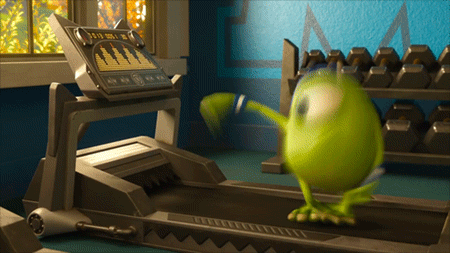
GIF courtesy of gifrific.com
Fortunately, I don’t like giving up on things, so I kept going. After frequenting the treadmill a few times a week, I realized that it wasn’t for me. I hated staying in one spot and staring at the same wall for what felt like hours at a time, and I hated getting out of breath (I never had much endurance, even when I ran track).
That was when I started weight training. It wasn’t anything serious at first, just picking up a few dumbbells every now and then. But as soon as I started seeing the kind of results I wanted to see, I was hooked.
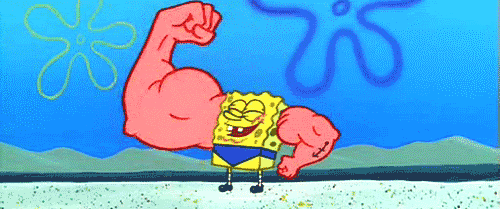
GIF courtesy of knowyourmeme.com
My dad used to be a bodybuilder back in the day, so I talked to his old friend/coach about working out. Before long, I was learning how to get the most out of lifting, what to lift, when to lift, what to eat, and when to eat it. That was when I found out that I had pretty much been doing everything all wrong.
He told me that in order to optimize my results, the diet needed to match the exercise. If I was going to lift weights and wanted to see serious results, I needed to stop eating Ben & Jerry’s for dinner and start eating omelettes for breakfast.
After planning my meals for the week, I’d eat an egg white omelette every morning, a protein shake during my break at work, grilled chicken (with a sweet potato, salad, and hard-boiled eggs) for lunch, a protein shake after work, and more grilled chicken and veggies for dinner.
After work I’d hit the gym for about 2 hours with 20 minutes of cardio before and after my workout. I’d then take a selfie flexing in the mirror for progress pictures. Basically, I became a #totaltool.
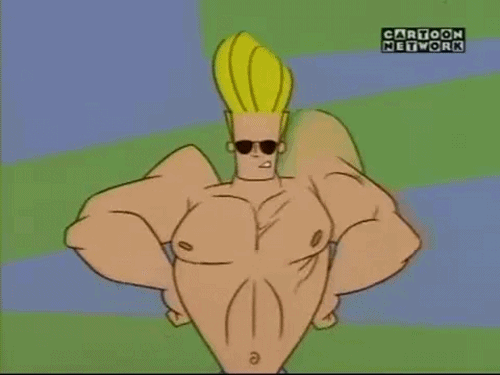
GIF courtesy of tumblr.com
Without so much protein, I wouldn’t physically be able to build the muscle I was working so hard to gain. Without so many carbs, I wouldn’t have the energy to work out every day.
Some people might think this is crazy. Even though I probably looked insane stuffing my face during my entire 20-minute lunch break and buying so much protein and fresh produce every week that it overflowed my shopping basket, it gave me the best results.
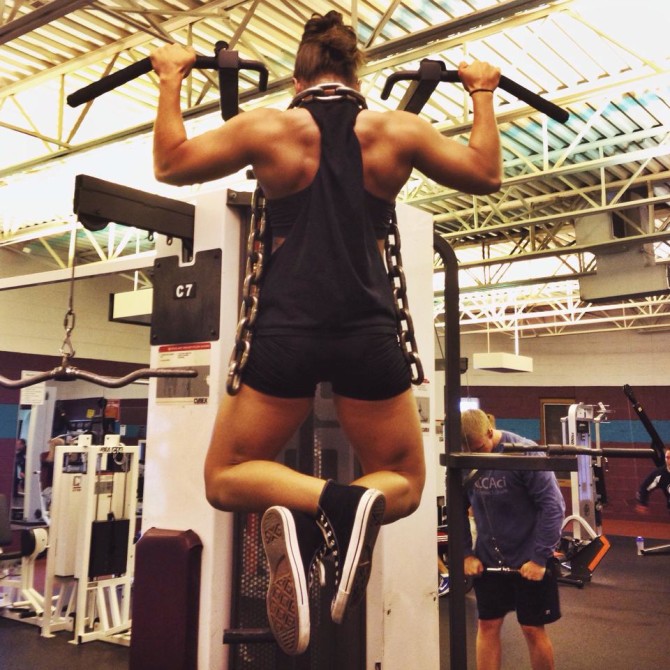
Photo by Sam Dilling
Unfortunately, this doesn’t seem to be the trend among other young female athletes. According to an article recently published by NPR, “Many girls aren’t eating enough to satisfy the physical demands of [their] sport,” which is putting them at risk for health problems. Doctors describe these females as “malnourished” and say they are at risk for female athlete triad syndrome.
Whether it’s because these women have unhealthy relationships with food, are embarrassed to buy and eat so much food, or just don’t know any better, something needs to change ASAP.
Dr. Elizabeth Matzkin, chief of Women’s Sports Medicine at Brigham and Women’s Hospital in Boston, says, “There’s literally a countdown to how long women have to build strong bones.” This countdown apparently stops at the age of 25.
Athletes who have already lost bone density still have hope of rebuilding some more, but they will never be able to get back to where they used to be.
So what does this mean? What can we, as a society, do about this?
Well for starters, stop calling females “manly” for having muscles (let the haters hate, gurl). If a girl is badass enough to have bigger guns than the guy standing next to her, then good for her. I’ve been that girl, and I’ve been proud of it.
But I’m not perfect. There have been many times when I have put back a certain shirt or dress because it made me self-conscious of my figure. So the next thing we, as a society, need to do is stop telling females that having muscle isn’t feminine. Because you better believe I will wear my maxi dresses and paint my nails and STILL kick your ass, dude.
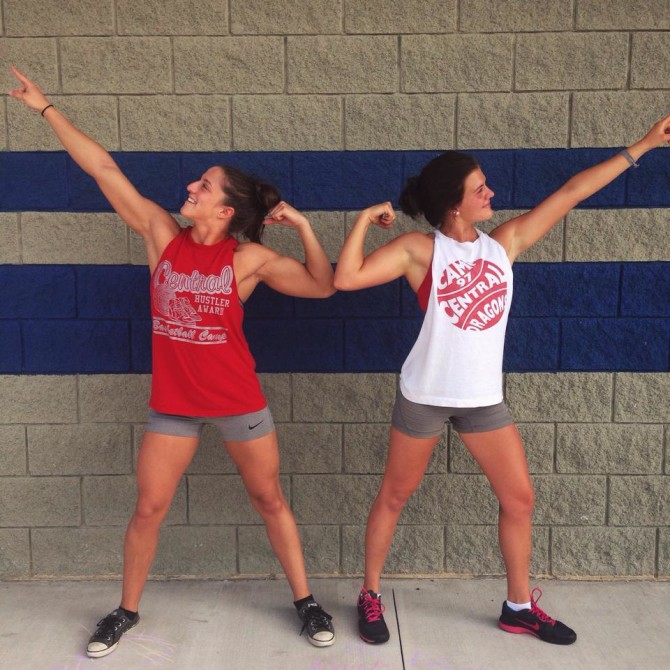
Photo by Sam Dilling
The last, and possibly most important thing that we can do, is stop making females self-conscious about food. You may think we’re just being sensitive, but in a world that is constantly telling us we’re not good enough the way we are, you really can’t blame us.
I can’t tell you how many times people commented on my stuffed lunch box and asked, “Where do you put it all?” but I tried not to let that stop me from getting my daily protein intake. If I had listened to the haters and stopped myself from eating, weightlifting and exercising would have actually been severely detrimental to me.
Not everyone wants to weight train and bulk up like I did, but as participation in sports by young women continues to rise, we need to make sure we are sending the right messages.




